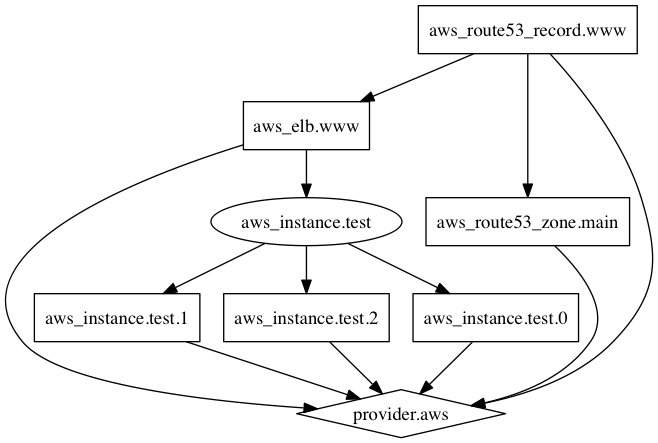Intro:
The HashiCorp Terraform infrastructure as a code tool allows you to define both on-prem and cloud resources. This tool allows you to share and reuse Terraform configuration files and use a consistent workflow to manage your infrastructure. Terraform supports both low-level components and high-level services, including DNS entries, popular cloud providers, and SaaS features. Below are some of the key features. Read on to learn more. To get started, download a free trial version.
The Terraform plan command creates a plan that describes how the infrastructure should be provisioned. It checks for script errors before executing and creates a plan file. This file also serves as a reference for debugging and creating scripts that use the data that Terraform produces. To make complex changesets, utilize this strategy. Using the plan command, you can create a plan and execute the plan without human interaction.
Blocks Concepts In Terraform
In Terraform, each resource is called a block. Each block represents a set of attributes and functions. These blocks contain a named identifier and a list of input labels. The provider block tells us to install a plugin that connects to AWS. This enables you to see exactly what will happen during the deployment process. When using this, you can even specify dependencies in your configurations. You can define input variables with the Terraform CLI and use them in other configurations.

The core is responsible for life cycle management and is the basis for Terraform. It compares the current state to the desired configuration. Once it finds a difference, it configures the architecture. Once configured, the Core determines which actions are required to provision your infrastructure. Typically, it uses cloud providers and platforms as service tools. There are many different components. The core is responsible for provisioning resources, while the plugins help manage other aspects of infrastructure life.
Modules of Terraform
Modules are reusable configurations created by Terraform. Each module is a small, configurable configuration file. A module can call any number of other modules to automate a particular task. This makes the configurations much shorter and less complicated. They can also call each other. Using modules, you can reuse configuration files without the hassle of writing repetitive code. You can also use modules to define complex resources. For example, if you’re building a cluster, you can run a module to create a cluster of EC2 instances.

Custom providers can help you extend the power by wrapping existing APIs in declarative syntax. These providers can be created for use cases that are specific to the company. If you’re building cloud infrastructure for your own business, they can convert existing tools and APIs into a Terraform-compatible syntax. You can use providers to wrap any CRUD API and support multiple infrastructure setups. If you’re building infrastructure for an application, this is a great choice.
In a human-readable language called HashiCorp Configuration Language, a Terraform configuration can be expressed. Terraform will then interact with the providers and provision infrastructure on your behalf of you. It also provides support for private cloud platforms, OpenStack, and other virtualization platforms. Its reusable configurations also help developers reuse and extend their work. This enables the use across multiple cloud platforms. It’s easy to manage infrastructure by simply writing configurations in Terraform.
Public Cloud Platform:
In addition to writing infrastructure as code, it also supports public cloud platforms. Terraform’s providers wrap existing APIs and translate them into declarative Terraform syntax. These providers are open source and maintained closely by Hashicorp. They also receive frequent updates. To install a provider, go to the Terraform providers registry page. It’s a great choice for multi-cloud deployments. But if you’re running out of storage space, there’s a much better solution: a reusable platform for terraforming.
In addition to allowing you to manage infrastructure across multiple cloud platforms, Terraform is also highly compatible with other cloud services. Through APIs, it works with virtually any platform. In addition, the community has created more than 1700 providers for Terraform. You can find public providers for any platform you’re using through the Terraform Registry. The list includes Amazon Web Services, Microsoft Azure, Google Cloud Platform, and Splunk. When selecting a provider, make sure to choose a service that supports it.

